Nvidia today introduces DLSS 2.0, which will bring many interesting changes, significant quality and performance improvements. Even if we only had the verbal information and the corresponding slides available to us for today, the path that Nvidia has taken can be traced quite well. Tests must prove to what extent these very serious changes then create real added value in reality. At least the theory looks quite promising.
Nevertheless, let's take a snouse again and look back briefly. We remember (hopefully) the features that I described in quite detail at the Turing launch. Nevertheless, I can warmly recommend the article "Nvidia GeForce RTX 2080 Ti and RTX 2080 – what turing is really hidden behind Turing" to anyone who is interested in the background and details. As a small reminder here again the most important topics of that time:
Although the beginning was still somewhat slow, with more than 15 million. RTX graphics cards sold and a feature implementation in more than 30 games are confirmed and on the right track. Today, Nvidia, along with its partners, will also release a few other things, such as the RTX Global Illumination SDK. In addition, the new Unreal Engine 4.25 and Vulkan RT as an implementable ray tracing extension.
Another major role for Nvidia in this context is the AI (AI, Artificial Intelligence), where the Tensor cores with AI Rendering, AI Physics and AI Animation are widely used. AI Broadcasting, i.e. the intelligent removal of the image backgrounds analogous to the real Green Wall is certainly also very interesting, but is currently still in a longer testing phase.
But let's get back to AI Rendering, because that's where DLSS, starting today in version 2.0, starts seamlessly. Here, of course, Nvidia also felt a little obliged, because even though there were significant improvements in the meantime, DLSS was not quite what Nvidia had promised euphorically at the time. Depending on the game and settings, you could also see the disadvantages more or less clearly, whereby often muddy pictures were the order of the day or image content simply disappeared.
Here we want to counteract and accelerate the AI Network to double and also try to create the widest possible data base for a faster integration into existing and above all new games via a global AI model for all games. It is of course logical that the developers should be fixed with this, but it will have to be shown to what extent one may have to drill this basic framework through game-specific data later on in order to achieve the optimum.
An early version of DLSS 2.0 is already used in games like Wolfenstein YB and Deliver us to the Moon, where internally this iteration is often referred to as DLSS 1.9. However, you can already see from these games that you can e.g. 4x resolution (Ultra HD) for Full HD, uses the global AI model and thus achieves significantly more detailed and sharper graphics. The special training for a specific game is no longer necessary with the new algorithm, which Wolfenstein in particular shows very clearly.
Nvidia relies on so-called motion vectors for rendering. If you then distribute this over several frames and access the network, an image in Ultra HD can be calculated from the Full HD content, which in turn is based on a special, uniquely rendered and universally valid 16K pattern (Ground Truth), based on whose network was trained. The difference and advantage over DLSS, according to Nvidia, is that this network can be used equally for all games.
Nvidia also shows excerpts from the new "Mechwarrior 5" in today's preview, where you want to achieve a significantly better picture with a GeForce RTX 2060, the lowest rung of the RTX career ladder on WQHD, with a significantly increased performance. If you look at both image sections, this can be confirmed in this way, the image edited with DLSS can be recognized, for example. much more details on the railing. In addition, the popular "edge flickering" is to be significantly reduced.
Similar advances can be expected at Control, which will release a DLC and patch on DLSS 2.0, according to Nvidia. The picture looks, at least on the slide, much crisper and also more detailed (writing, hair). In addition, you can rely on a subtle re-sharpening with Nvidia's effect library.
One of the real weaknesses of the first generation of DLSS was (faster) movements. Here DLSS failed in part visibly and with serious optical losses. This is now completely eliminated, if it always works as beautifully as on the shown foil.
From this point of view, if most of what's shown here really works like this, it's finally the DLSS that we were promised at the Turing Launch. Ok, you should admit a certain learning curve to everyone and it also shows very clearly that Nvidia's flight forward was also driven by the users who demanded exactly what they are now obviously getting. Well, of course we still have to test it, a matter of honour.













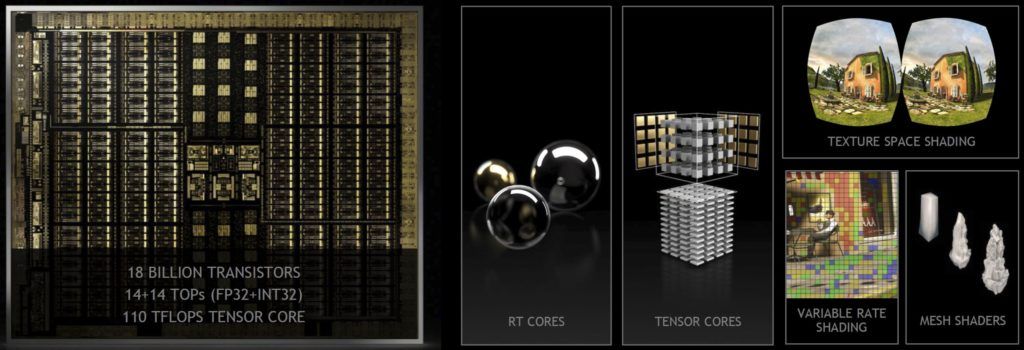

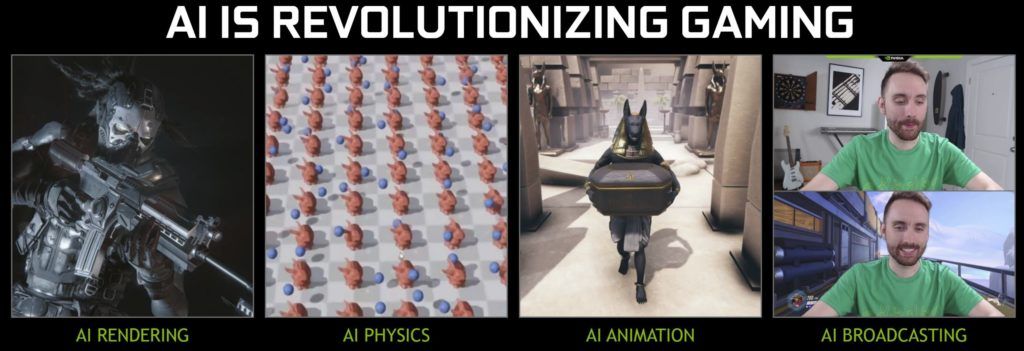

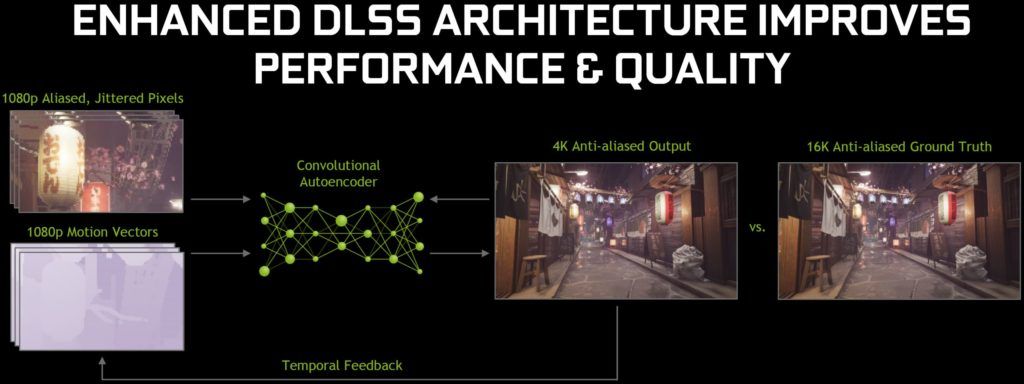
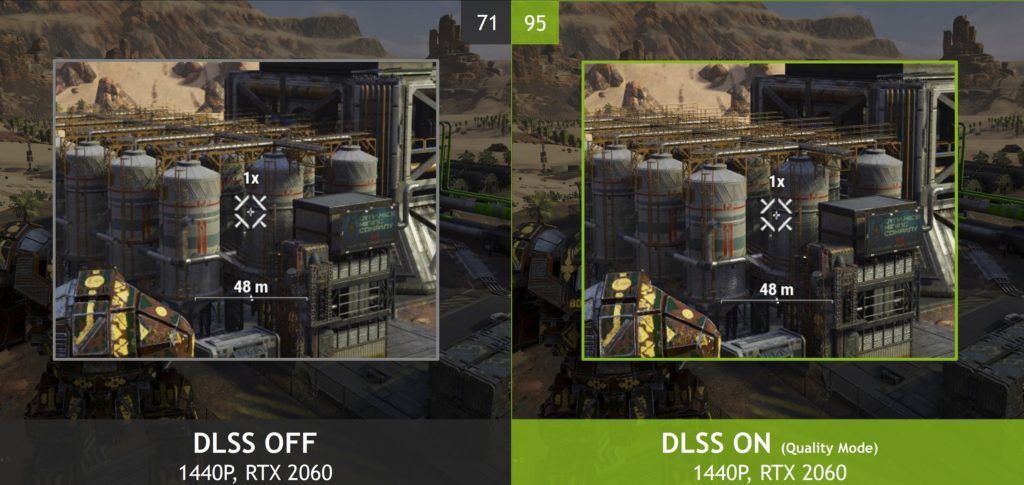
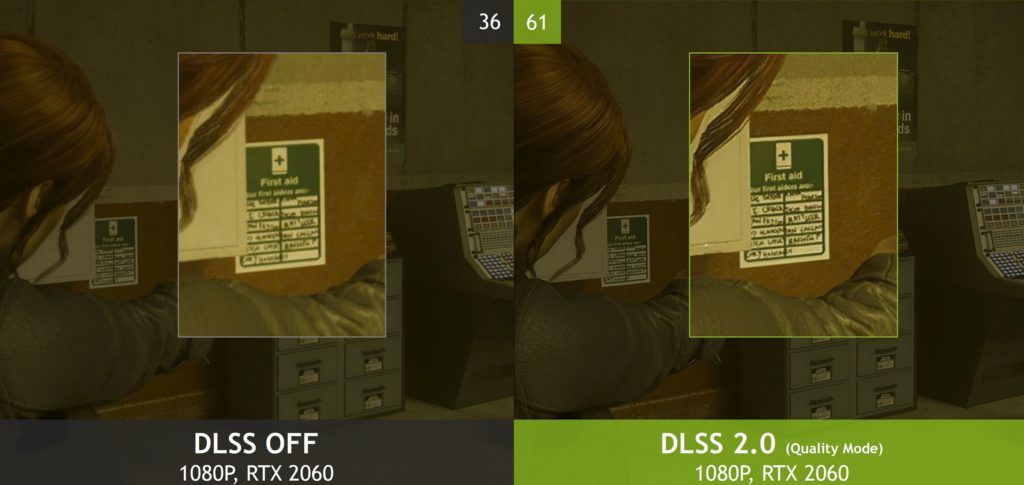
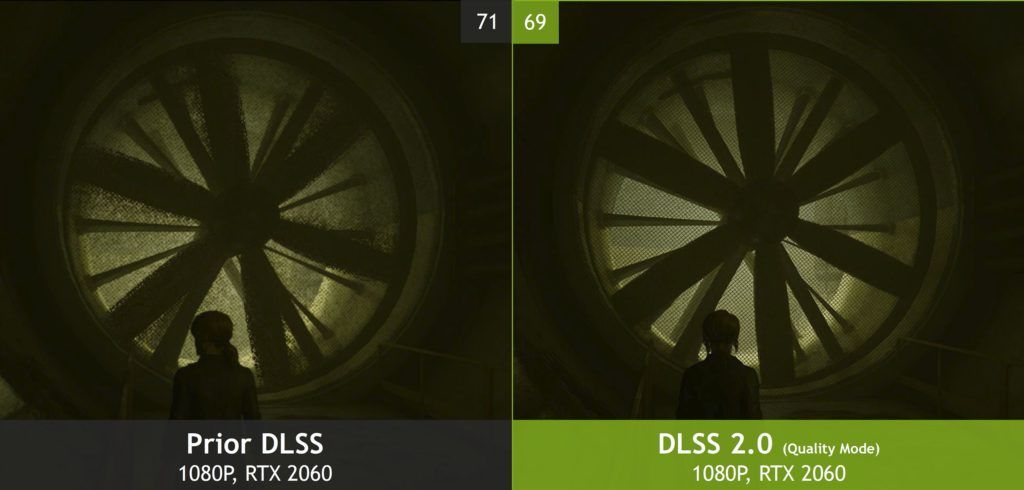


















Kommentieren